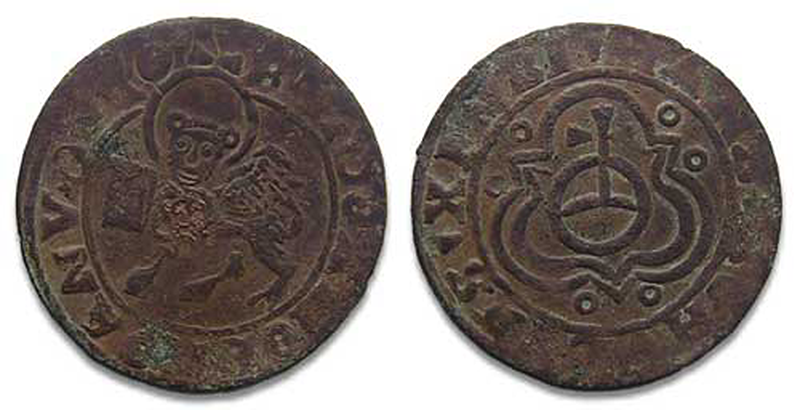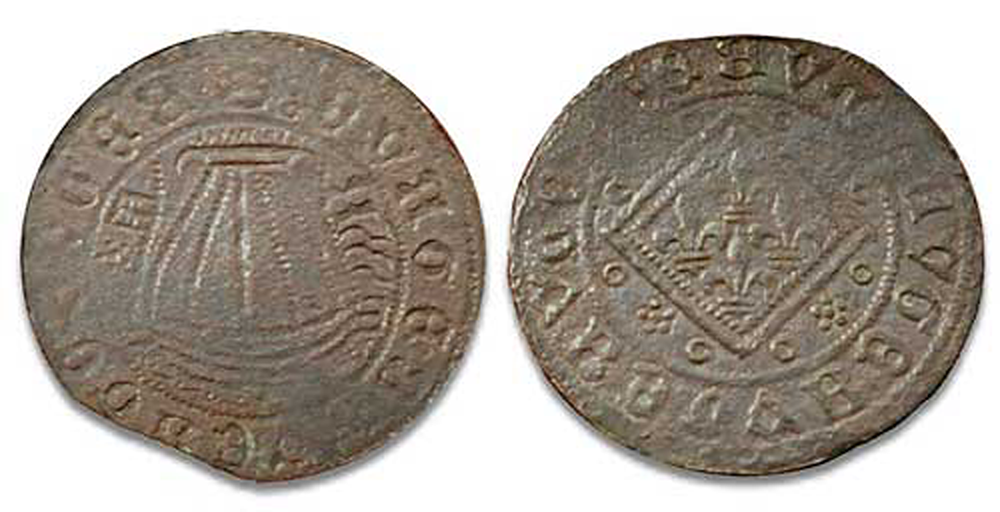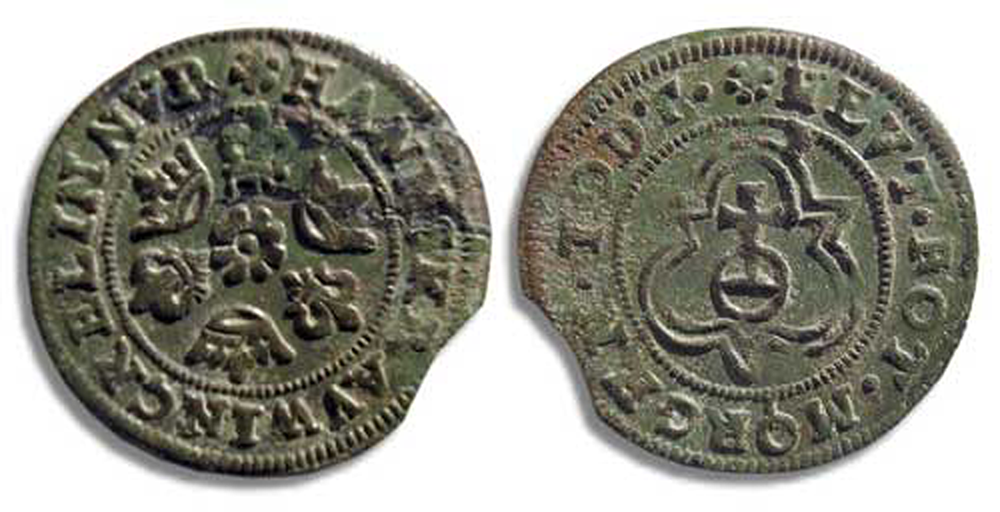- About MAA
- Membership
- MAA Publications
- Periodicals
- Blogs
- MAA Book Series
- MAA Press (an imprint of the AMS)
- MAA Notes
- MAA Reviews
- Mathematical Communication
- Information for Libraries
- Author Resources
- Advertise with MAA
- Meetings
- Competitions
- Programs
- Communities
- MAA Sections
- SIGMAA
- MAA Connect
- Students
- MAA Awards
- Awards Booklets
- Writing Awards
- Teaching Awards
- Service Awards
- Research Awards
- Lecture Awards
- Putnam Competition Individual and Team Winners
- D. E. Shaw Group AMC 8 Awards & Certificates
- Maryam Mirzakhani AMC 10 A Awards & Certificates
- Two Sigma AMC 10 B Awards & Certificates
- Jane Street AMC 12 A Awards & Certificates
- Akamai AMC 12 B Awards & Certificates
- High School Teachers
- News
You are here
Mathematical Treasure: Jetons from Renaissance Nuremberg
Nuremberg, as a center of European trade during the Middle Ages and Early Renaissance, was the home of many rechenmeister (or reckonmeister), or reckoning masters. Up through the 17th century, several still used a computing table, or counting board, and counters or jetons (or jettons). Here are some images of computing jetons used during this period. All are made of brass and possess a diameter of approximately 27 mm (just over an inch). The first jeton shown below is identified with the reckoning master Hans Schultes and dated to the period 1553-1584. It contains an image of the Lion of St. Mark, an association with the city of Venice.

The next jeton is associated with the reckoning master Hans Krauwinckel and was used during 1490-1550. The embossed ship design attests to trade and the mathematics applied to it.

The last jeton in this series bears a “rose-orb” design and was used in the period 1586-1635.

Reference: "Nuremberg Jetons," UK Detector Finds Database
The images above have been obtained through the kind cooperation of the UK Detector Finds Database.
For photos of a counting board in a Strasbourg museum, see the Convergence article, "Counting Boards," by Chris Weeks.
Index of Mathematical Treasures
Frank J. Swetz (The Pennsylvania State University), "Mathematical Treasure: Jetons from Renaissance Nuremberg," Convergence (June 2018)




